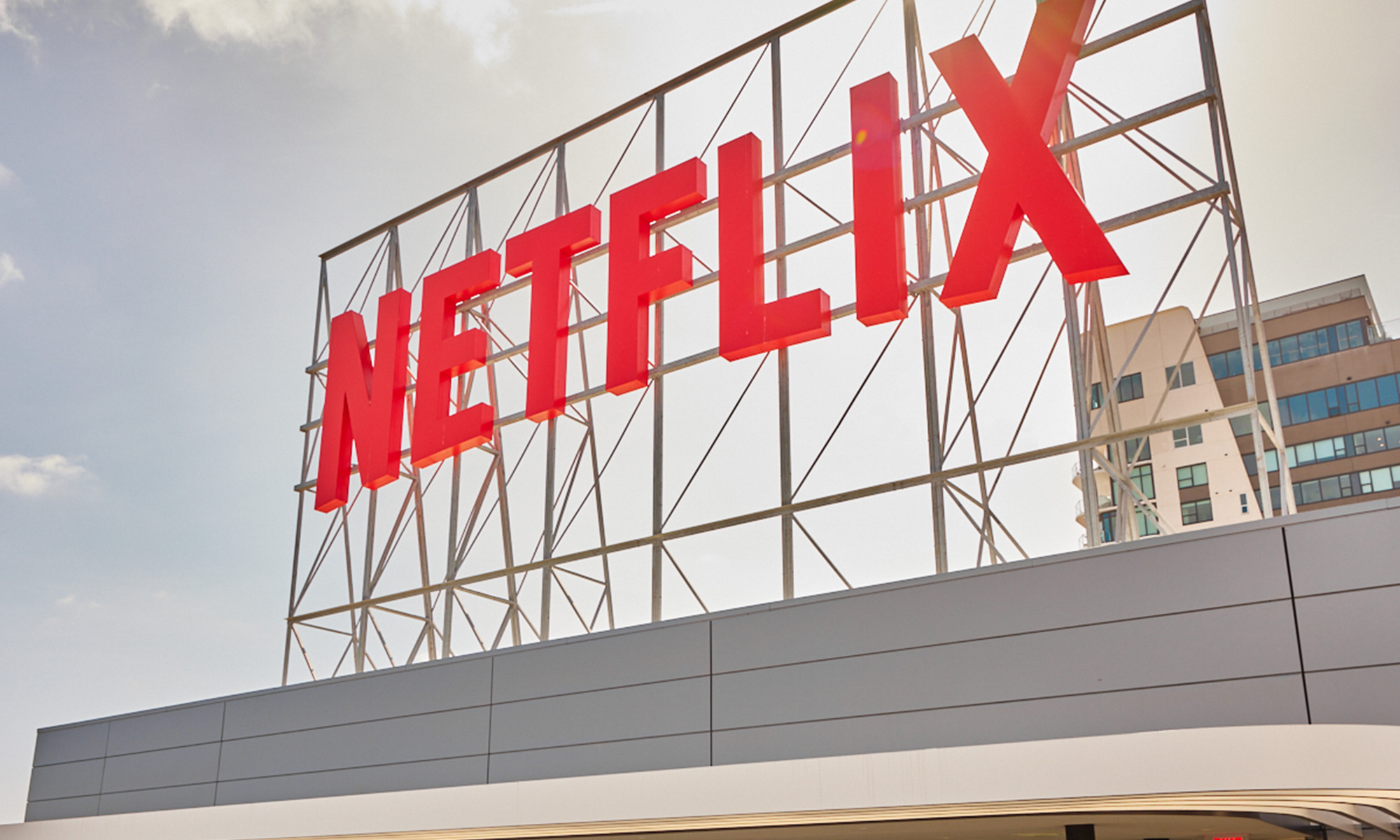With the stock up sharply this year, many investors appear to be hunting for reasons to sell their Netflix (NFLX +0.12%) shares and book profits. The latest reflexive dip came after Disney (DIS +1.12%) announced plans to step back from its content distribution partnership and launch its own subscription service. Never mind that the shift only applies to a subset of Disney content (Disney and Pixar studio movies, but not TV shows, and not Marvel and Lucasfilm properties) and won't affect the service until late 2019. Netflix's stock still dropped 3% immediately following the news.
There are good reasons an investor might want to sell this stock, including a broken investing thesis or concern over its premium valuation. But below, we'll look at a few particularly weak justifications for exiting your position in the streaming video giant.

Image source: Getty Images.
1. There's no money in streaming.
At a glance, Netflix doesn't look like a profitable business. Operating income was $380 million last year, which translates to just 4.3% of its nearly $9 billion sales base. Its pricing strategy aims to make the service as affordable as possible, after all, and its most popular plans cost $11 or so per month. Compare that to the over $100 per month that many consumers pay for pay-TV cable packages, and Netflix appears outmatched.
The company enjoys strong -- and growing -- pricing power, though. Profitability in its core U.S. market jumped to 37% of sales in the most recent quarter from 34% as it benefited from price increases and continued migration toward high-definition plans. As Netflix bulks up its content offering, and with most of its international expansion spending behind it, it's becoming easier for management to lift their profit targets. CEO Reed Hastings and his team are expecting to nearly double operating margin to 7% in 2017. From there, executives plan to "steadily increase operating profit and margin," they explain in their long-term outlook.
2. The growth story is over.
Now that the company has passed 100 million subscribers, including 50 million in the maturing U.S. segment, it's tempting to assume the growth pace must decelerate from here. Yet there's no evidence of that happening either at home in its oldest market or internationally.
Despite initially forecasting a subscriber growth slowdown, Netflix added 10.2 million new subscribers over the first half of 2017 to mark a 21% spike over the prior year period. That figure includes a 1.1 million user gain in the U.S. that was its best second-quarter showing in six years. The international segment added 4.14 million subscribers for a 170% increase year over year.

Annual subscriber gains hit 19 million last year. Chart by author.
If we assume Netflix hits management's third-quarter guidance, then the company is almost sure to post its fourth consecutive year of rising subscriber gains in 2017. In fact, it would take an almost 40% dive in fourth-quarter additions to put the streamer below its 2016 growth of 19 million users.
3. The stock has gone up.
Five years ago, Netflix's base of streaming video members sat at 24 million, almost all of which were in the United States. Today, the company counts 100 million paying subscribers.
And while that total is about evenly split between domestic and international markets, it's clear that Netflix is staring at a global opportunity that could account for two-thirds of the business over time. That massive user base supports annual content spending of over $6 billion, too, for an expense that would be difficult for any company -- even one as large as Disney -- to compete against.
Yes, those major operating wins have helped Netflix stock soar 2,000% over the past five years compared to an 80% gain for the broader market. A huge rally like that ensures stock price volatility similar to what investors saw this past week. But it's no reason, by itself, to sell the stock.








